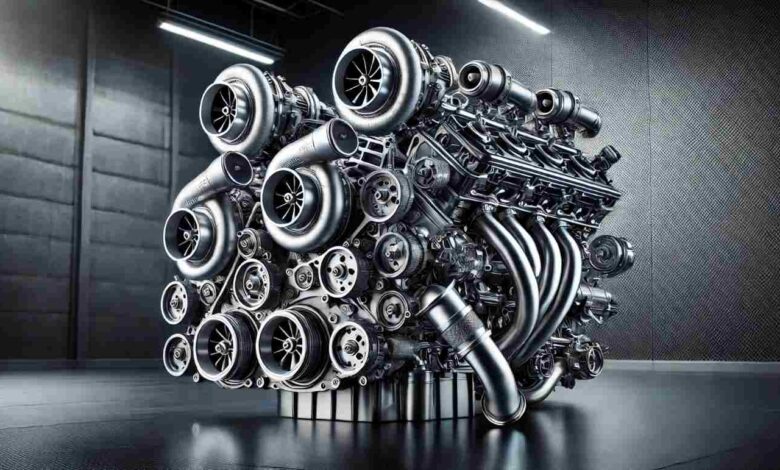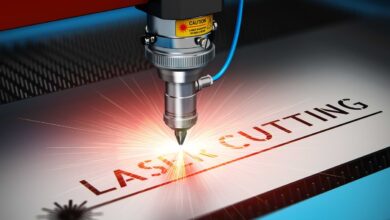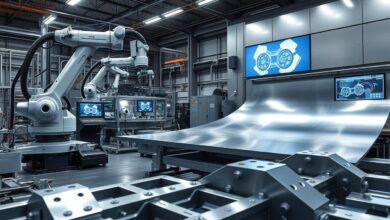Twin Turbo: Advantages and Disadvantages

Twin turbo technology has become a staple in high-performance vehicles, known for boosting both power and efficiency. But like any engine modification, it comes with both pros and cons. Whether you’re a car enthusiast seeking more speed or just curious about the mechanics, understanding the advantages and disadvantages of twin turbos is essential.
What Is a Twin Turbo?
A twin turbo system instead of one, utilizes a pair (obviously 2) turbos to compress the air that goes into the engine. This will in turn raise the air pressure, permitting more fuel to be burned per ignition cycle with an increase in power as well. One type of twin turbo, that is pretty common on V-shaped engines like the V6 or also V8s where each works with one half of all cylinders. The turbos can work together (in parallel), one at a time in series, or sequentially—each configuration delivers its own set of benefits and trade-offs.
1. Increased Power
The biggest advantage to twin turbos is all the extra power. When an engine can be forced to ingest more air, the result is that it can burn more fuel and produce greater power as a consequence. For this reason, a great example of when twin turbo systems are widely used and highly appreciated is in high-performance sports cars that rely on speed and power. The two turbos help extract good performance from all parts of the rev range, so, in short, it’s now faster.
2. Reduced Turbo Lag
The time taken for the turbocharger to spool up and begin delivering boost is known as turbo lag. Especially in sequential twin turbo systems, this lag is greatly diminished. This can help the smaller turbo spool up faster at low engine speeds for better response and then give way to the larger turbo as you pick up speed, leading to more power when needed. This translates to smoother acceleration and improved performance across a greater range of speeds.
3. Improved Fuel Efficiency
What is surprising about twin turbo systems, though, is that they can help save fuel. An engine that more effectively combusts air-fuel takes less fuel to get the same power as naturally aspirated engines. It is an attractive proposition for those wanting performance without hammering fuel economy, hence the thinking behind twin turbos. It’s part of the reason why twin turbo technology is becoming more prevalent in everyday vehicles—a balance between power and fuel savings.
4. Flexibility: Both Types of Engine
Various different engines can take a twin turbo conversion. Although manufacturers typically install these in V-engines, they can also arrange them into an inline engine for specific vehicle designs and performance aims. Vee engines work best with a parallel setup, while sequential twin turbos are usually found on applications where power is required across the rev range.
Disadvantages of Twin Turbo
1. More Maintenance and Complexity
Although twin turbochargers introduce some impressive performance, they make things more complex within an engine. But making the system work correctly is far more intricate when you have two turbos working hand in hand. However, due to this increased complexity in a twin turbo system, they are more susceptible to malfunctioning. Also, the turbos themselves can wear out faster than a single turbo setup and thus may become even more expensive to replace when they do go bad.
2. Increased Cost
Twin turbo kit costs and long-term maintenance can add up over the life of a car. The turbos themselves are more expensive, and it’s much harder to install a set of twins than one single. In addition, the specialized part prices could make maintenance costly if engineers need to reinforce the car’s motor to handle all the added pressure and heat created by the turbos.
3. Requires More Space
Usually, a Twin Turbo setup ends up taking too much space in the engine bay. This could be a problem for smaller cars or those with tight engine bays. Connecting the two turbos usually requires a bunch of extra piping and plumbing, which can be tedious to fit in place without cutting up other parts of the car.
4. Turbo Lag in Certain Configurations
Even with twin turbos to help reduce lag compared to single units, some setups still suffer high levels of lag—parallel configurations where both turbochargers spool up at once, for example. Sequential systems best reduce this problem, but they are also the most expensive and a real pain to install and maintain.
What are the Different Types of Twin Turbo Systems?
There are several twin turbo systems on the market, and knowing what makes each one unique can help you understand which option may be right for your vehicle or driving needs.
1. Parallel Twin Turbo
As the name indicates, engineers arrange a pair of turbos in parallel to achieve forced induction for the engine. The engineers designed one of the turbochargers for half of the engine’s cylinders. It is a relatively straightforward and effective way to deliver power evenly across the rev range, but it could still result in turbo lag at low speeds.
2. Sequential Twin Turbo
This system uses two turbos of different sizes. The smaller turbo boosts at low engine RPMs, and when the revs rise, a larger turbo kicks in. This reduces turbo lag and also leads to smoother power delivery over a wider span, making sequential systems a popular choice in performance cars.
3. Series Twin Turbo
Two turbos, one after the other: In a series arrangement, compressed air from the first turbo goes directly into an even more highly pressurized intake charge in the second. This configuration creates excellent top RPM power but is less common due to its complexity and higher risk of engine wear.
Is a Twin Turbo Setup Right for You?
Anytime you are looking into getting a Twin Turbo Kit for your car, it is important that you weigh the pros and cons very carefully. Twin turbo set-ups are for those who want the most power out of their car while still getting decent miles per gallon and if this is you then nothing else will do. Though, the higher price, around-the-clock maintenance and complexity may make this a nonstarter for casual drivers or budget shoppers. Twin turbos are perfect when it comes to performance enthusiasts, but you must also be certain that your engine and other components can withstand the added stress and power.
The Bottom Line
For performance cars, twin turbos are a quantum leap ahead in both power and efficiency. The company says that these provide an ideal balance of performance improvements, and fuel efficiency increases. Representing a double-edged sword, however, are the drawbacks of many fulfillment options — including costs related to maintenance and additional square footage. So let’s find out if you should put a twin turbo system on your car, or to get started understand what the pros and cons of such a setup?





